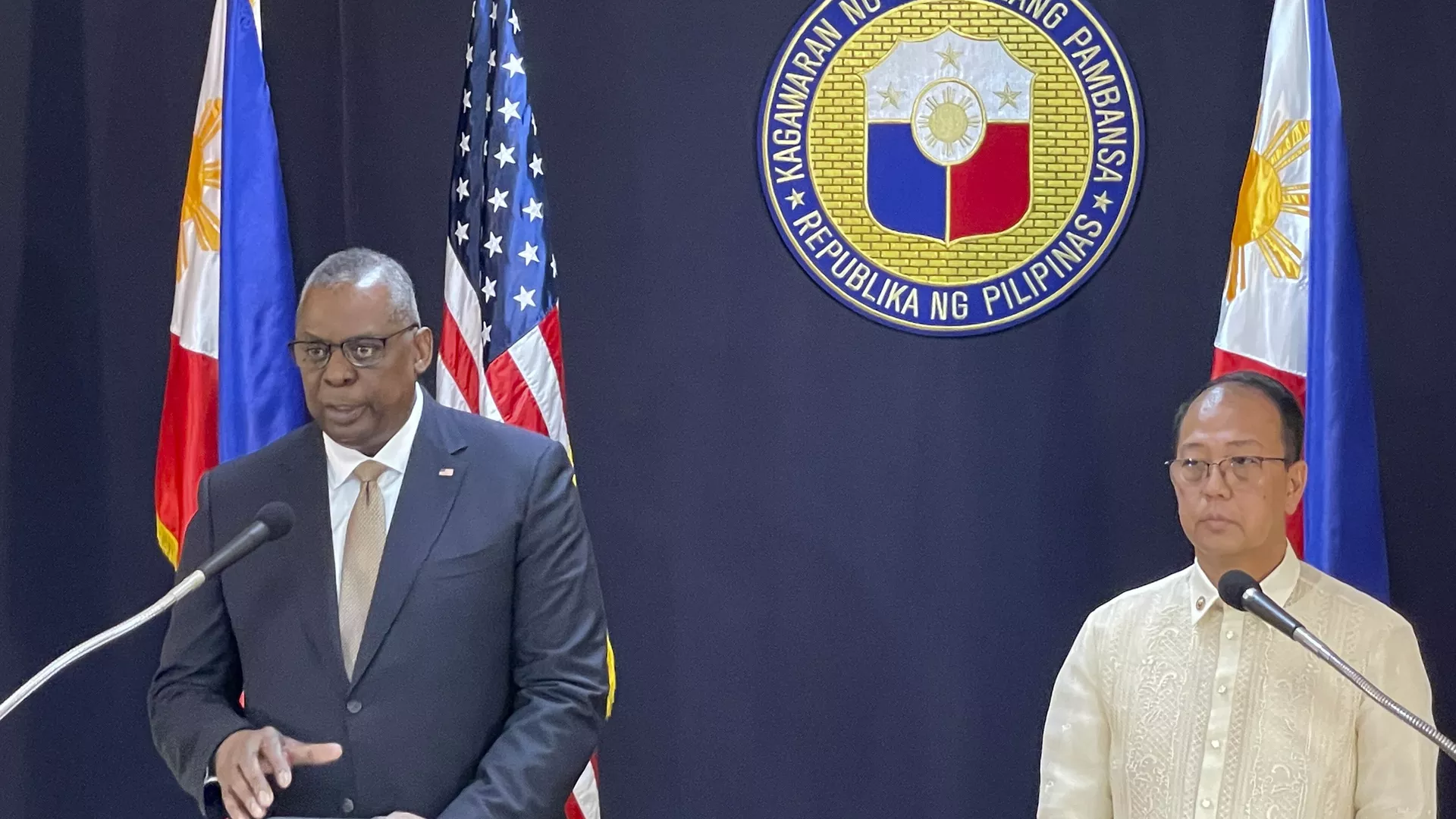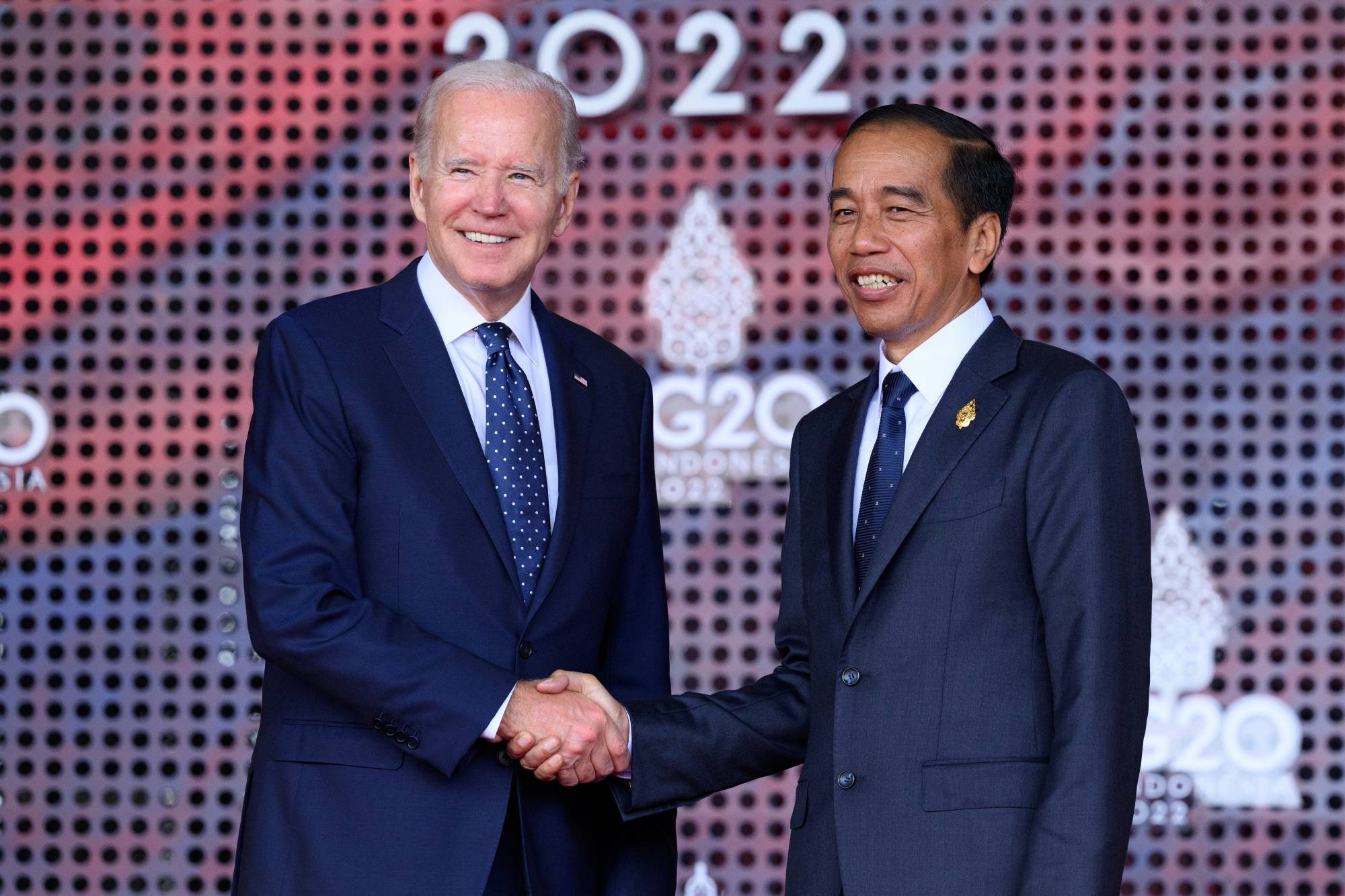How Is the United States Trying to Trap China Through Its Neighbors?

As it tries to reassert its influence in the region amid a broader effort to counter possible Chinese military intervention in Taiwan, the island Beijing claims as part of its territory, the United States aims to increase ties with its strategic allies in Southeast Asia and strengthen ties that have been strained in recent years.
As the US seeks to strengthen its strategic partnership with Japan and South Korea, in anticipation of any possible confrontation with China in the Indo-Pacific, it is simultaneously increasing its military presence in the Philippines, reaching four more locations and strengthening the role of the Southeast Asian country as Washington’s key strategic partner in the South China Sea in the event of a conflict with Beijing over Taiwan.
Of the five US allies in Asia, Japan, and the Philippines are particularly important given their geographical proximity to Taiwan, with the northernmost island of Itbayat just 93 miles away.
Returning to the Philippines
The Philippines is the oldest US ally in Asia. Washington is working to strengthen its presence in the country after relations deteriorated during former President Rodrigo Duterte’s six-year term, which came to an end last year.
US Defense Secretary Lloyd Austin announced a deal to give the US military access to four more bases in the Philippines, bringing the total to nine.
This makes the Philippines a key strategic partner for Washington in the region in the event of a conflict with China over Taiwan.
The deal allows Washington to deploy military equipment and build facilities at nine locations across the Philippines, the first time in 30 years that the United States will have such a significant military presence in the country.
Chinese Foreign Ministry spokeswoman Mao Ning accused the United States of declaring a threat to regional peace and stability.
“Out of self-interest, the United States continues to strengthen its military deployment in the region with a zero-sum mentality, which is exacerbating tension in the region and endangering regional peace and stability,” she said.
“Countries in the region should remain vigilant against this and avoid being coerced and used by the United States,” she added.

President Ferdinand Marcos Jr. has pushed to revitalize his country’s ties with the United States since taking office in June, surprising many foreign policy experts.
Mr. Marcos said throughout the campaign that he would endeavor to strengthen ties with China, which has been a hallmark of Mr. Duterte’s presidency.
Mr. Marcos, the son of former dictator Ferdinand E. Marcos, has subsequently stated that “the Philippines cannot see the future without the United States as a partner.”
Later this year, at least 16,000 Filipino and American troops would train side by side in the northern province of Ilocos Norte, a bastion of the Marcos family.
Taiwanese officials called it an “air and sea blockade.”
Conflict Over Indonesia
Beijing still has the advantage in the courtship struggle for Indonesia, a resource-ridden country of nearly 300 million people that is the biggest prize in the strategic battle between the United States and China for influence in Asia.
Indonesia lies across the southern edge of the South China Sea. Thanks to its strategic location, with some 17,000 islands stretching thousands of miles of vital sea lanes, presence there is a defensive necessity as both sides prepare for a potential conflict over Taiwan.
Although Indonesia showed a strong line against China in the sixties, when armed conflicts between gangs of military, paramilitary, and religious groups erupted against the Indonesian Communist Party and claimed the lives of at least half a million people, the convergence of political interests between the leaders of the two countries, as well as China’s billions of investments in Indonesia’s infrastructure, contributed to Beijing’s partial favor at Washington’s expense.
When President Biden met with his Indonesian counterpart, Joko Widodo, in Glasgow, he praised Indonesia’s “essential” leadership in the Indo-Pacific region and a “strong commitment” to democratic values.
But the fact that America interacts with the world’s third-most populous democracy has been colder than these warm words suggest, disturbing Indonesia’s status as a leading power in Southeast Asia and a vital counterweight to the geopolitical competition of our time between America and China.

US in the Pacific
After the Solomon Islands signed a secret security agreement with China in 2022, and despite an absence of more than 30 years, the United States opened an embassy in the Pacific nation of the Solomon Islands, US Secretary of State Antony Blinken announced in early February, in an effort to strengthen diplomatic relations in the Pacific in the context of confronting China.
Blinken said the US was committed to working for the Indo-Pacific region to be “free and open” and an “environment where democracy can flourish.”
Last February, I announced that the United States would establish an embassy in Solomon Islands. Now, that pledge is a reality. The United States is a Pacific country, and we are taking another important step forward in helping deliver for our people and for the region we share. pic.twitter.com/lilp0ywZl9
— Secretary Antony Blinken (@SecBlinken) February 1, 2023
“The opening of the embassy builds on our efforts not only to place more diplomatic personnel throughout the region, but also to engage further with our Pacific neighbors, connect United States programs and resources with needs on the ground, and build people-to-people ties,” Blinken said.
In September 2022, US President Joe Biden hosted Pacific Island leaders at a summit in Washington, where he pledged to help stave off Chinese “economic coercion” and promised to work harder with allies and partners to meet the needs of the islanders.
In September 2021, the United Kingdom, the United States, and Australia announced the creation of a military alliance called AUKUS to “protect their interests” in the Pacific and Indian Oceans against Chinese influence there. This provoked many resentments, led by China, which saw it as the beginning of a new “cold war.”



